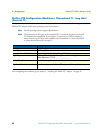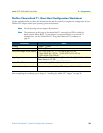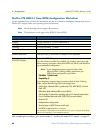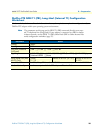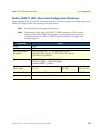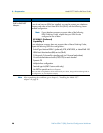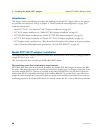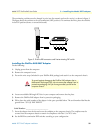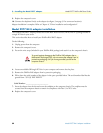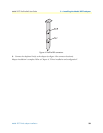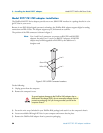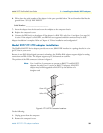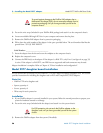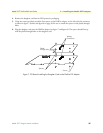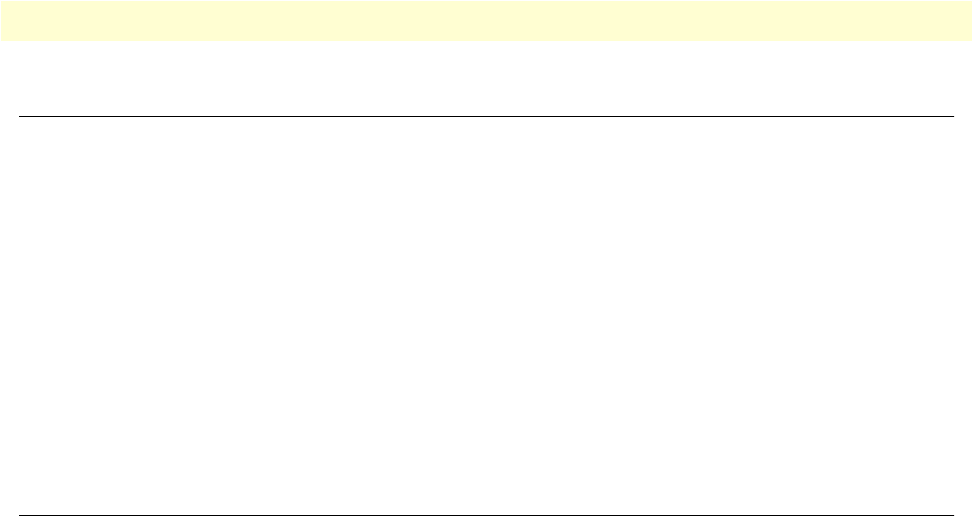
3 • Installing the Model 2977 adapter Model 2977 DialFire RAS User Guide
30 Introduction
Introduction
This chapter contains the following procedures for installing your Model 2977 adapter. Refer to the appropri-
ate procedure and complete it, then go to chapter 4, “Driver installation and configuration” on page 39 to
install the software driver.
• Model 2977 B4 ST (see “Model 2977 B4 ST adapter installation” on page 30)
• 2977 B4 U adapter installation (see “Model 2977 B4 U adapter installation” on page 32)
• 2977 PE1 PE2 adapter installation (see “Model 2977 PE1 PE2 adapter installation” on page 34)
• 2977 PT1 PT2 adapter installation (see “Model 2977 PT1 PT2 adapter installation” on page 35)
• 2977 daughter board installation (see “Write down the serial number of the adapter in the space provided
below. The serial number label has the general form: “S/N (S) XXX XXXXX”” on page 36)
Model 2977 B4 ST adapter installation
The DialFire RAS B4ST adapter provides four ISDN Basic Rate Interface (2B+D) lines in a package that fits in
a single PCI slot in your server.
This section describes how to install your DialFire RAS B4ST adapter.
Determining your line termination requirements
ISDN Basic Rate Lines must be terminated. By default, the DialFire RAS B4ST adapter terminates the BRI
line with a 100-ohm resister across the transmit and receive lines. In most cases, no changes are required. In the
event that multiple ISDN S/T devices are installed on the same ISDN BRI line, only one device (the device
farthest from the NT1) should be terminated. If the DialFire RAS B4ST is not that device, you will need to
change the switch setting from Terminated to Open (see Step 8 of the Installation procedure). Ensure that the
terminating resistors in the farthest ISDN device are enabled, and that the NT1 is set to 100-ohm termination.



